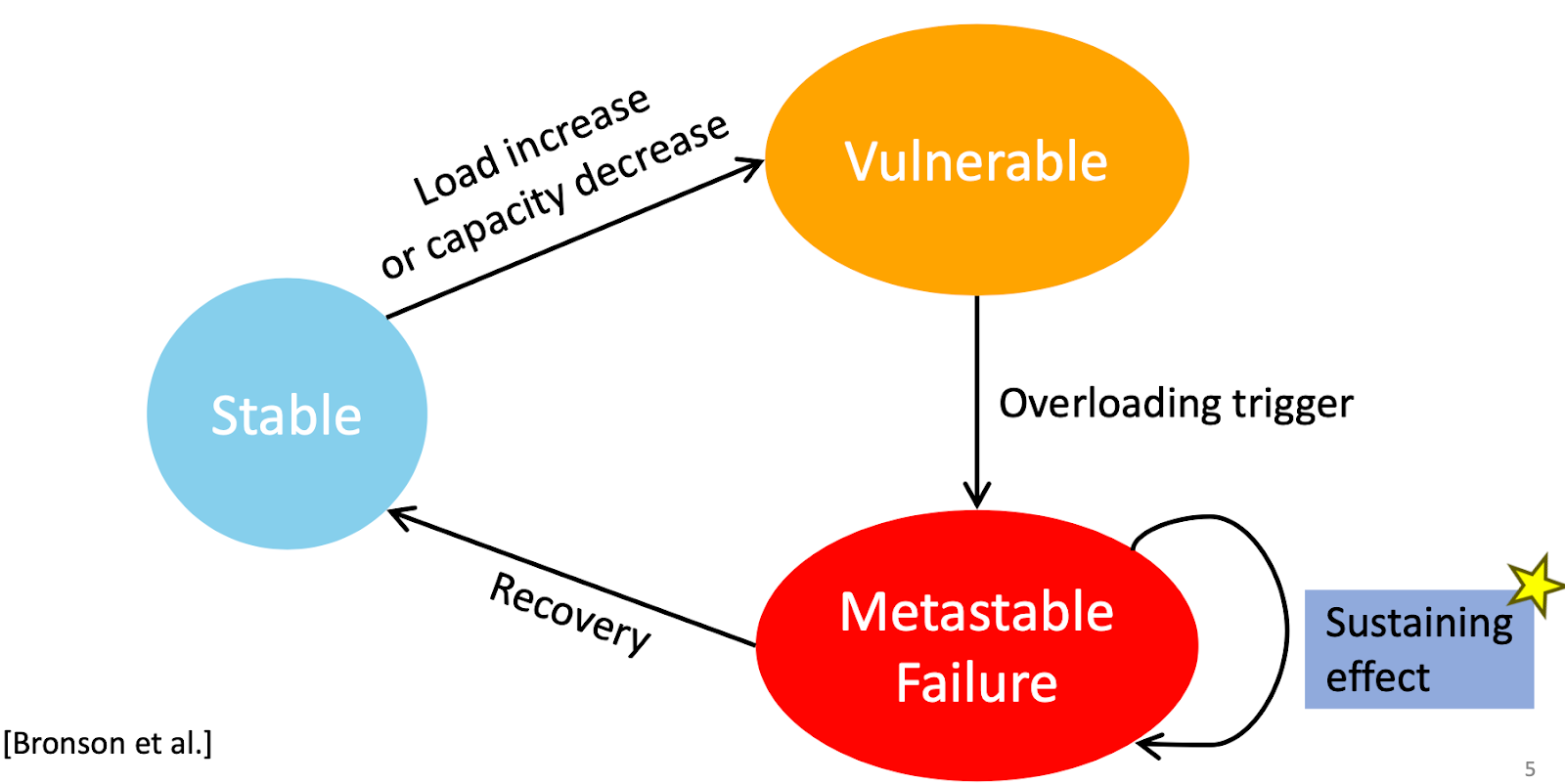1 million pageviews

My blog has recently reached 1 million pageviews. This warrants for a short retrospection. I started the posting regularly on September 2010. I wanted to get into the cloud computing domain, so I needed to accumulate background on cloud computing work. I decided that as I read papers on cloud computing, I will post a summary to this blog. I thought if I could explain what I learned from the papers in my own words, I would internalize those lessons better. And if others read those summaries and benefit, that is an extra plus. "Writing is nature's way of telling you how sloppy your thinking is." In fact, I learned a lot writing those paper reviews. Writing the reviews gave me a deeper understanding of the work done, beyond what I could achieve by passively reading them. Putting them on web was also a nice choice, because I could refer my students to some of these summaries when needed. And it turned out that I referred to those summaries myself very frequently to jog






